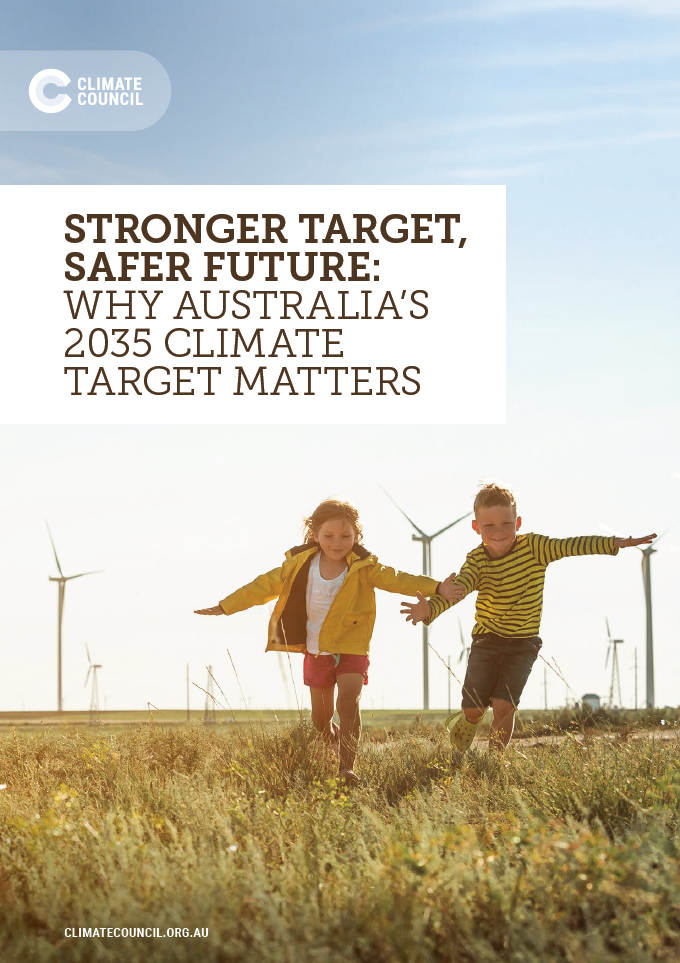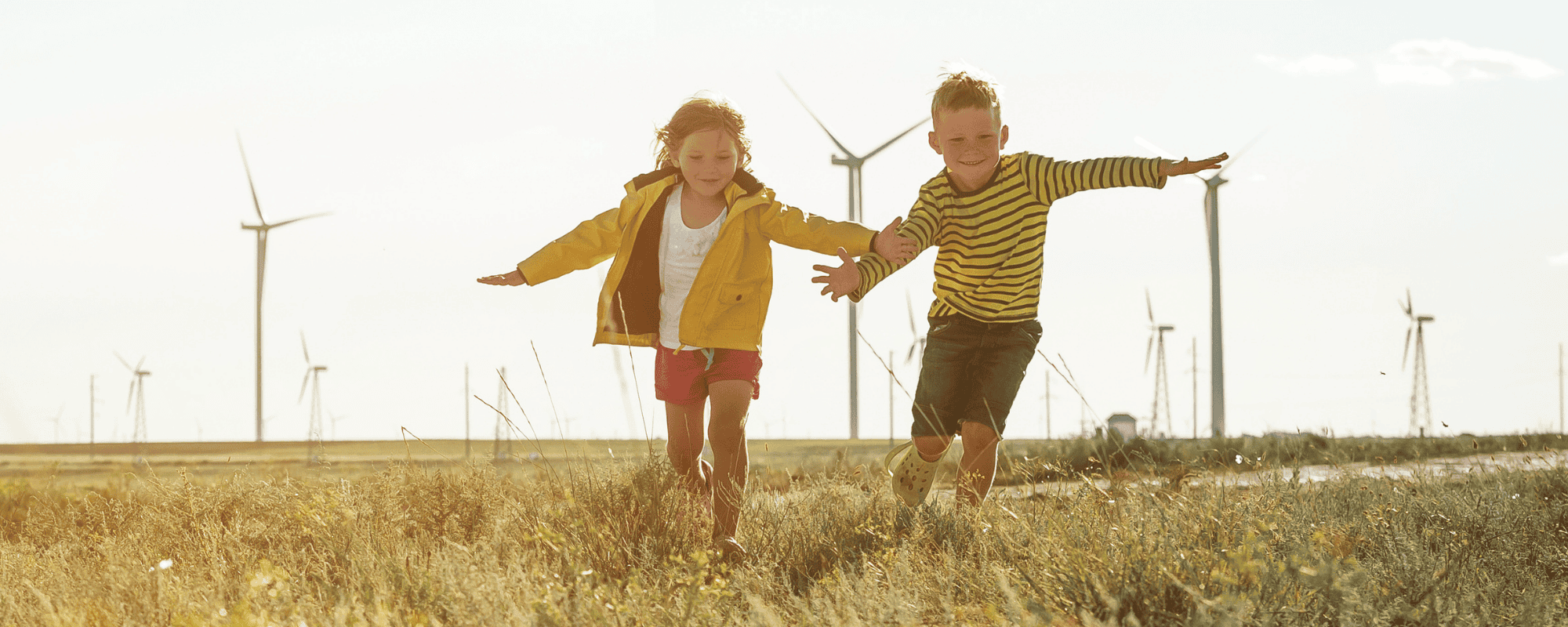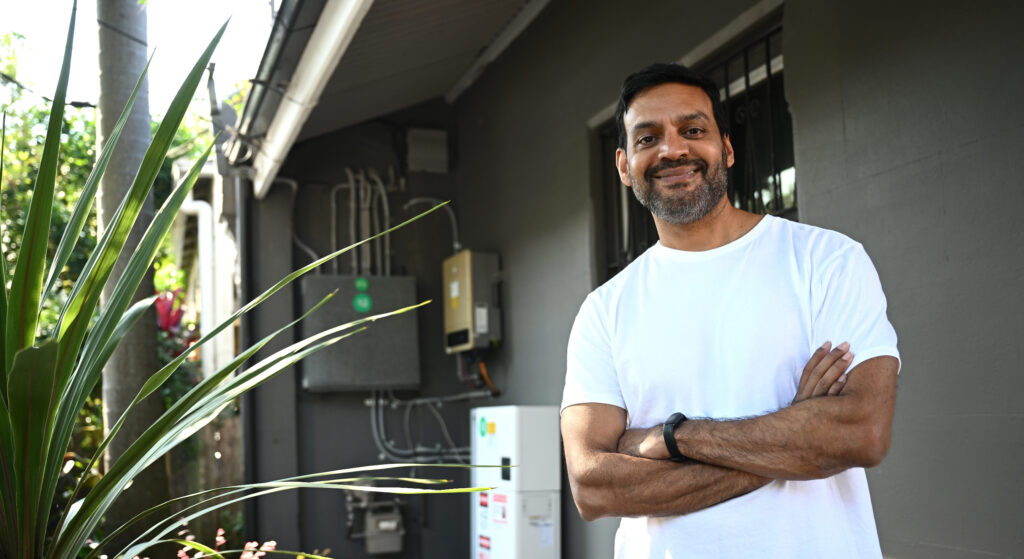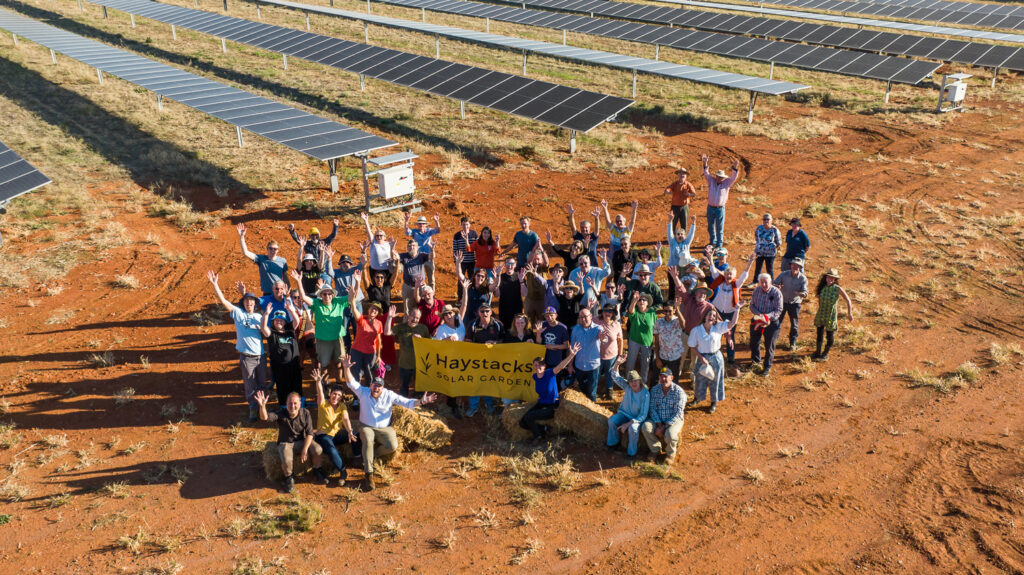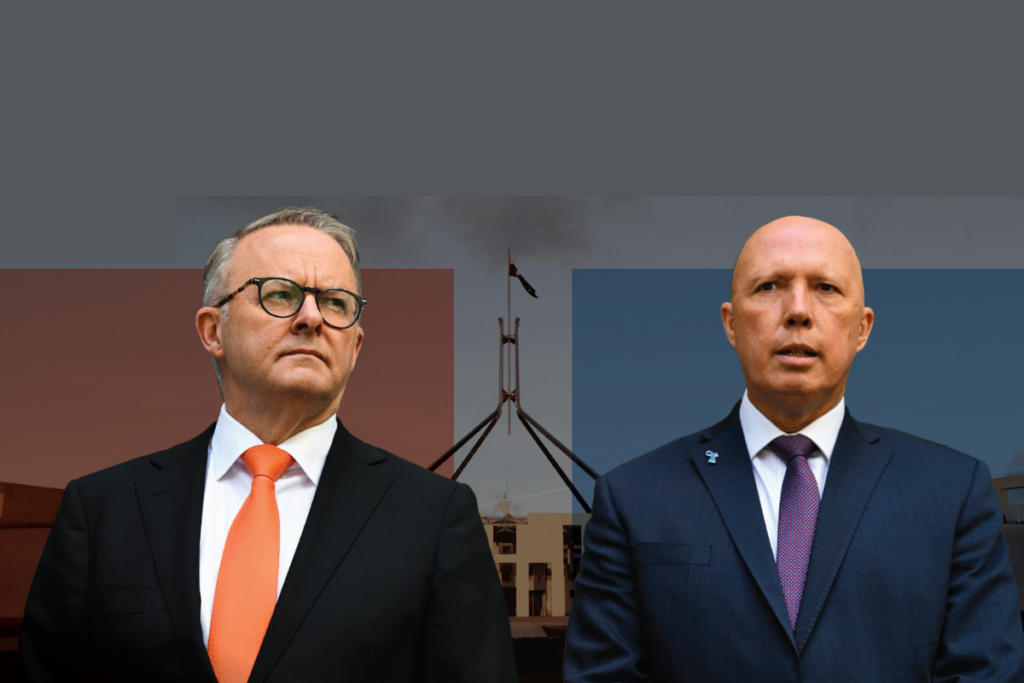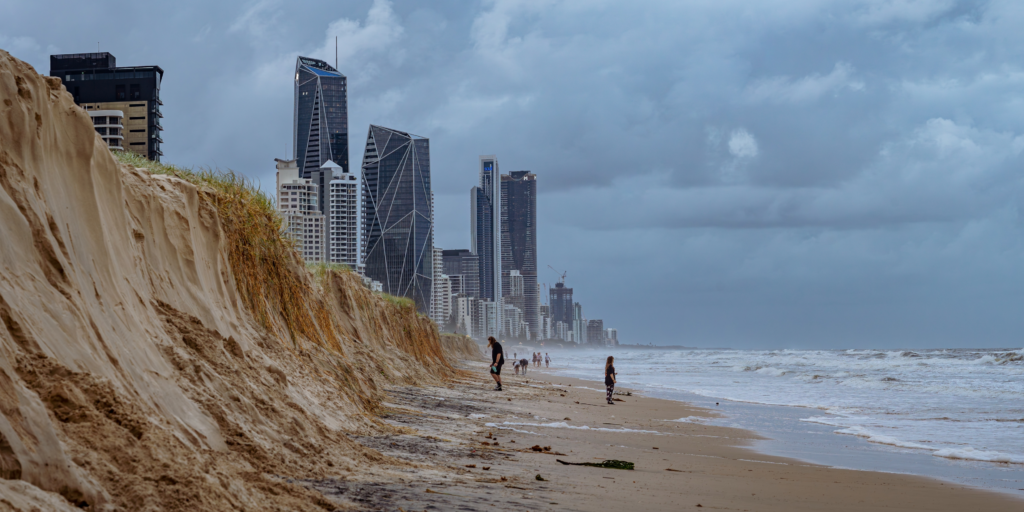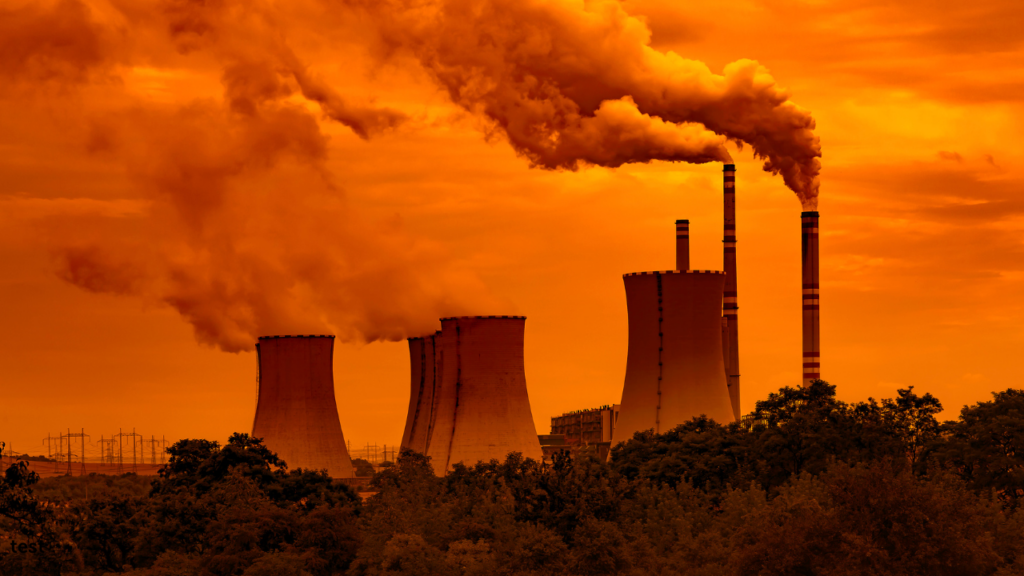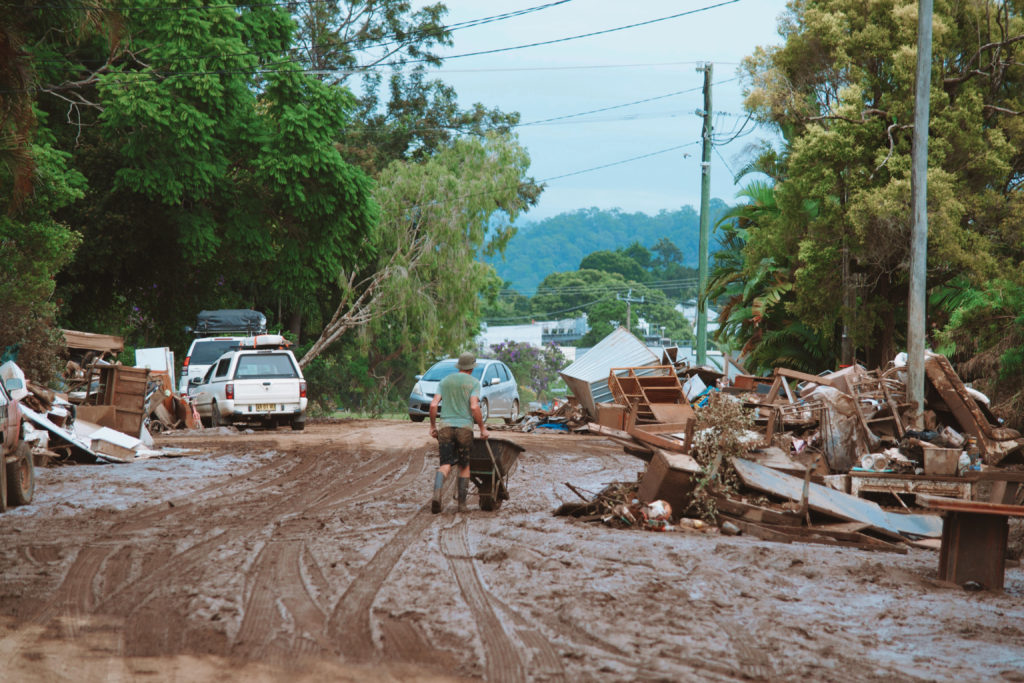The Albanese Labor Government’s imminent decision on Australia’s 2035 climate target will shape the lives of every Australian. At stake is the safety, security and prosperity of our communities and environment in a fast-heating world.
Australians are living with the consequences of the climate crisis. We’re only half way through 2025 but, already, Australian communities have experienced back-to-back flooding in NSW and Queensland, unprecedented marine heatwaves devastating reefs in Western Australia and Queensland, a lethal algal bloom in South Australia, and deepening drought in southern Australia affecting vast areas of farming land.
These climate consequences are the result of past policy failures to curb climate pollution. For decades, pollution from coal, oil and gas has been creating a blanket of heat-trapping gasses in the atmosphere, raising the global average temperature by approximately 1.3°C above pre-industrial levels. That additional heat, caused by burning fossil coal, oil and gas, is fuelling the extreme floods, heatwaves and droughts that Australians have experienced in 2025.
This year marks a critical moment: under the Paris Agreement, nations are required to submit new 2035 targets to cut climate pollution. Collectively, these targets must slash global climate pollution fast enough to keep temperature rise within internationally agreed limits – limits designed to prevent catastrophic harm to people and ecosystems.
Strong targets are crucial to protecting Australians.
This report provides new, detailed analysis on a scientifically credible, Paris-aligned target for Australia. It finds that net zero by 2035 is the only target available to Australia with a strong chance of contributing to holding global warming below 2°C.
Ultimately, the stronger Australia’s 2035 target, the better our chance of shielding Australians from escalating climate harm. Every fraction of a degree of global heating exposes Australian communities and industries to more frequent and ferocious extreme weather events.
The good news is: Australia can rise to this challenge.
Several credible reports have shown that strong reductions are achievable across the economy – supported by our abundant renewable energy resources, technological capacity, and skilled workforce. Already, solar and wind are cheaper than new coal and gas. Green iron production, critical minerals and sustainable fuels offer massive economic potential. With the right policy settings, these sectors can drive regional jobs, national investment, and export strength.
Australia now stands at a crossroads. The 2035 climate target soon to be set by the Australian Government is more than a number: it is a statement of who we are, what we value, and what kind of future we are willing to fight for.
Key Findings
1. Climate change is accelerating, and current global efforts – including Australia’s – are dangerously inadequate.
- Communities today are living with the consequences of past policy failures to curb climate pollution from coal, oil and gas.
- Climate pollution has now formed a massive blanket of heat-trapping gases around the world, raising global average temperature by 1.3°C. That heat is driving more ferocious and frequent extreme weather and dramatically damaging the ecological systems that sustain human life and society.
- Every fraction of a degree of global heating matters: the difference between 1.5°C and 2°C is existential for vulnerable communities, coral reefs, agriculture, and ecosystems.
- While many countries are now taking measures to cut climate pollution, the combined effort is not yet at the speed or scale required to protect humanity from the worst impacts of climate change.
- The future scale and severity of the climate crisis will depend on how quickly and deeply we slash global climate pollution.
2. Australians are already living with climate consequences – and the costs are soaring.
- In 2025, Australian communities have experienced: back-to-back flooding in New South Wales and Queensland; unprecedented marine heatwaves devastating reefs in Western Australia and Queensland, and decimating marine life in South Australia; and deepening drought in southern Australia affecting vast tracts of agricultural land.
- Climate-fuelled disasters are expected to cost the Australian economy $94 billion a year by 2060 if pollution levels remain high, while at least 8.8% of Australian homes will be uninsurable due to high exposure to climate disasters by 2100.
- The total insured cost of extreme weather events in Australia in the first half of 2025 has now exceeded $1.8 billion, following Ex-Tropical Cyclone Alfred, the North Queensland floods, and recent flooding on the Mid-North Coast and Hunter regions of New South Wales.
3. Australia’s 2035 climate target must be very strong to be science-aligned.
- Global governments, business and scientists all agree that holding global warming well below 2°C is vital to prevent massive disruption to the global climate system.
- New analysis shows that net zero by 2035 is the only target available to Australia with a strong chance of contributing to holding global warming below 2°C.
- Australia is one of the world’s largest producers and exporters of fossil fuels like coal and gas. Yet we were late to tackling our climate pollution, with a decade of inaction from 2013-2022. Consequently, a science-aligned reduction curve is now steep.
4. A stronger 2035 climate target will keep Australians safer. A weaker target risks more disasters, more damage and more danger.
- The Australian Government must set the strongest possible target to protect Australians from increasing climate harms with regular review opportunities to ratchet up as technology develops.
- Analysis shows that a 2035 target of -75% or more (on 2005 levels) is aligned with more than 2°C of global heating, but likely less than 2.3°C*.
- Weaker targets are aligned with even higher levels of global heating. Each fraction of a degree of global heating is associated with more catastrophic impacts to communities and ecosystems.
- A -65% target is aligned with below 2.4°C of global heating.
- Weak climate targets are an active commitment to global climate disruption and damage. Those advocating for targets that would see global heating well beyond 2°C should articulate clearly their costed plans to support, relocate and/or protect the Australian community through unprecedented socio-economic dislocation.
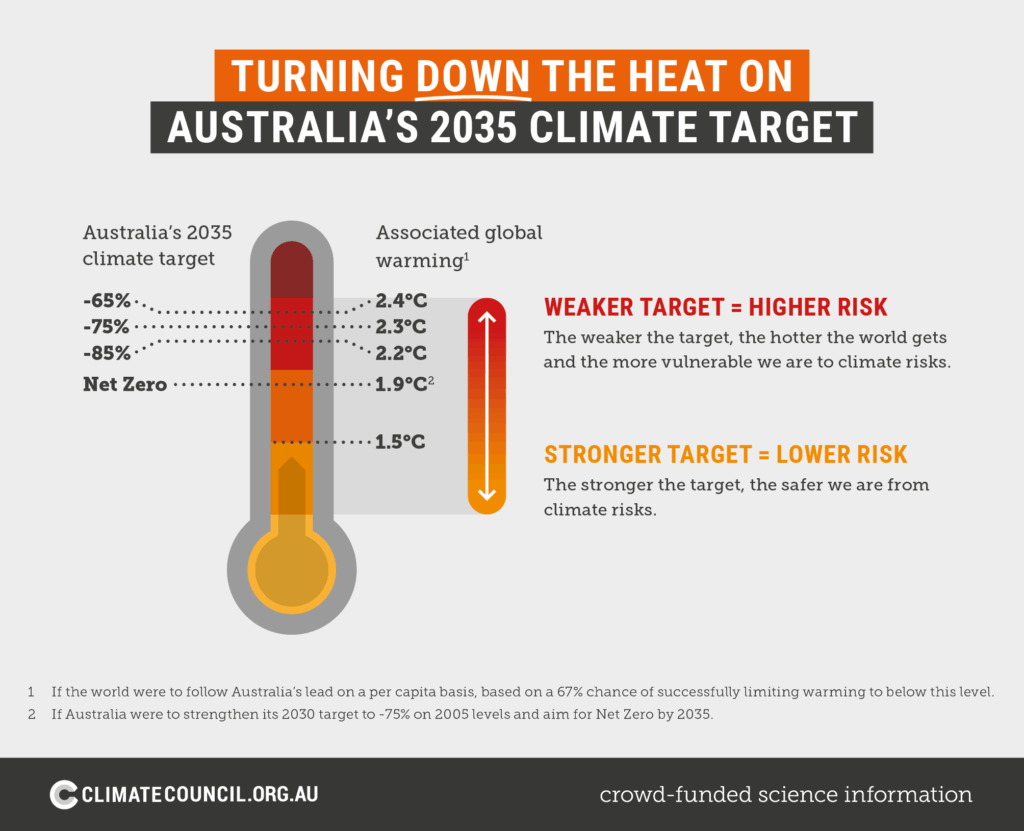
5. Significant economic and diplomatic opportunities can flow from a strong target.
- The cost of cutting climate pollution is dramatically less than the cost of unchecked climate change, which would cost Australia $4.2 trillion by 2070. Choosing a strong target now is far more cost-effective than attempting to adapt to escalating climate damage.
- Setting a strong climate target sends a clear signal to investors and industry and could unlock and accelerate growth in clean technologies and green exports, projected to approach $1 trillion per year by 2050, creating over 400,000 jobs.
- Pacific Island Countries face an existential threat to their security from the climate crisis. Australia’s security is entwined with the Pacific, but our credibility hinges on whether we are serious about climate action.
6. To protect Australians from the most significant risks of the climate crisis, we can go beyond domestic action to support global action to slash climate pollution. Australia’s Nationally Determined Contribution can include commitments to phase out fossil fuels and support global action.
- Developing clean industries that contribute to global pollution reduction, i.e. developing green iron, cathode and battery manufacturing, sustainable shipping and aviation fuels.
- Supporting developing countries in their transition through climate finance or other mechanisms.
- When burnt overseas, Australia’s coal, oil and gas exports release climate pollution equivalent to 2.5 times Australia’s annual climate pollution. While the Albanese Government has made clear progress cutting climate pollution domestically, it needs to go further and faster to protect Australians from the worst effects of the climate crisis by phasing out these polluting exports with our trading partners. The first step is to end new and expanded fossil fuel projects.
